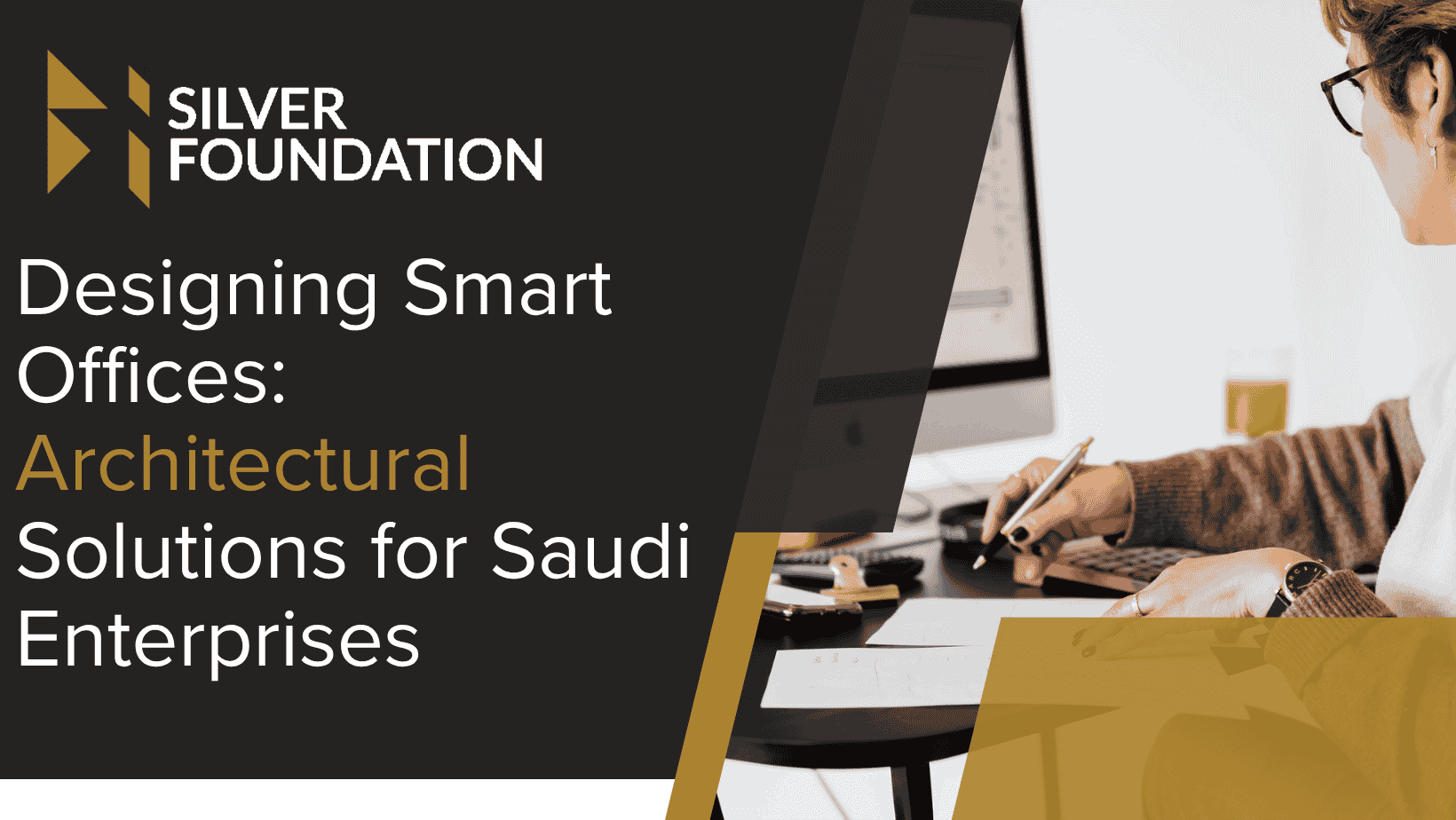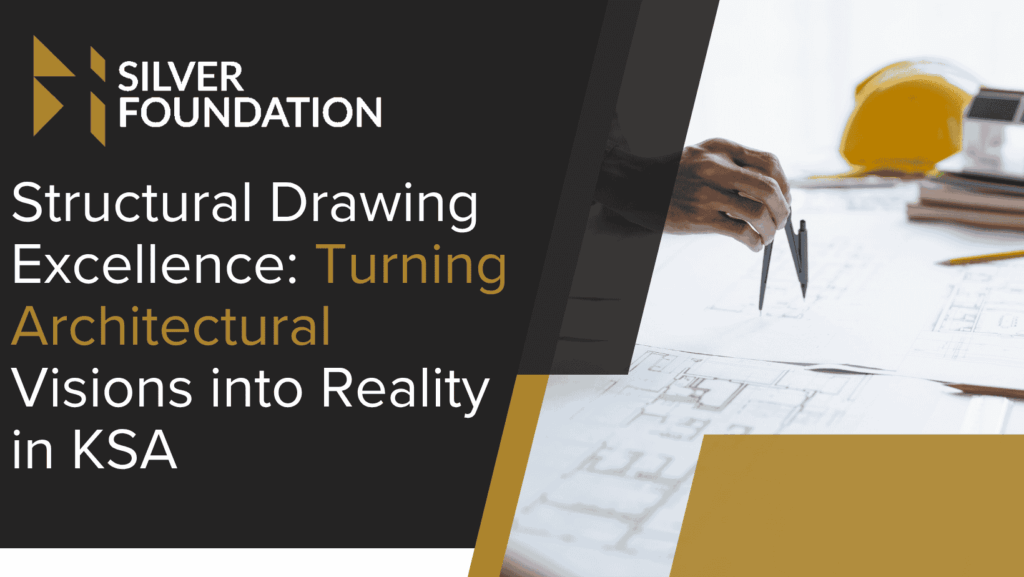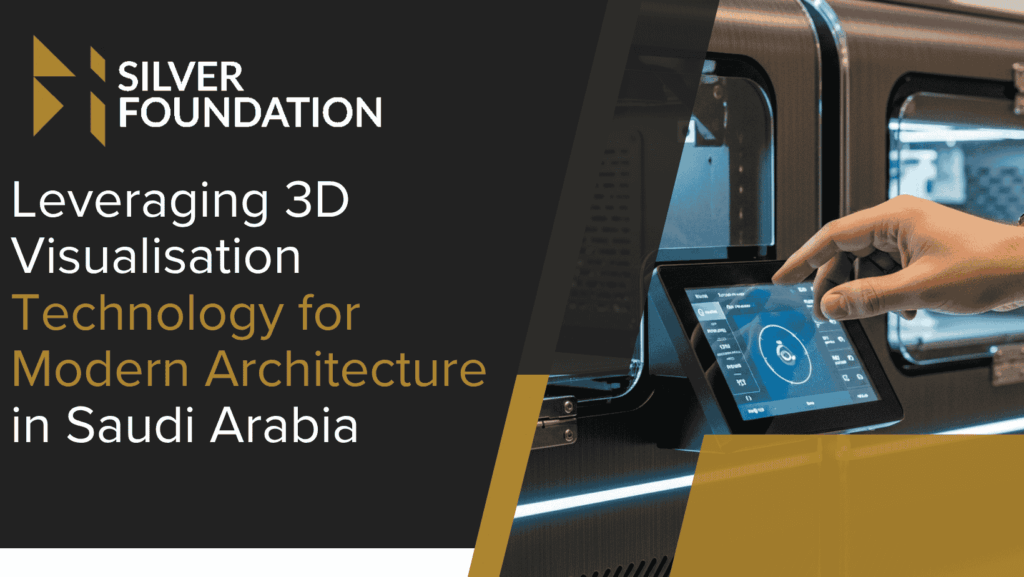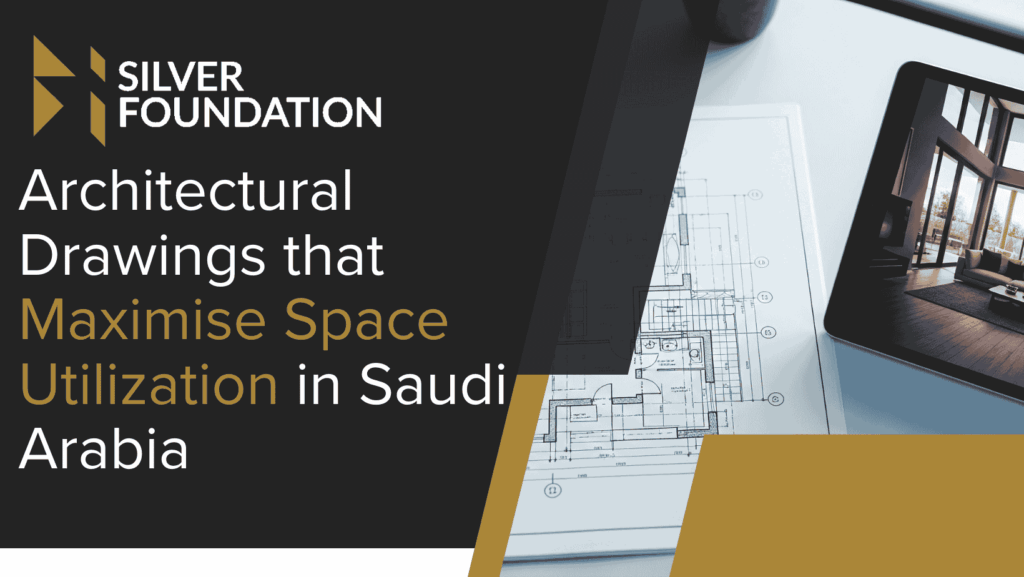Saudi Arabia’s business environment is entering a new era of innovation and digital transformation. Guided by Saudi Vision 2030, enterprises are adopting smart offices to boost efficiency, collaboration, and sustainability. These smart workspaces are reshaping how businesses operate, improving performance while supporting the Kingdom’s long-term economic goals. As a leading provider of modern workspace solutions, Silver Foundation delivers cutting-edge smart office designs that align with national ambitions and enhance organizational growth. This blog explores why smart offices matter and how they are redefining the future of work in Saudi Arabia.
A smart office is a working environment where the architecture and operations are both smartly designed and technologically connected to help maintain performance, comfort and cooperation. The most essential factors in Saudi companies are productivity, flexibility, and the increased movement towards hybrid work patterns. The local culture places emphasis on privacy and hospitality, as well as the climate necessitates smart energy consumption and thermal comfort. These are the factors that influence the planning and management of spaces.
The examples of smart offices based on data-driven management and employee well-being can also be used by Saudi businesses to learn the global standards. This aims at ensuring workplaces that are flexible towards individuals, more creative and for changing the business identity of Saudi Arabia.
Main Stages in Architectural Planning for Smart Offices
Site & Location Considerations
The selection of a suitable location makes the project successful. Riyadh offices in urban cities can be more focused on connectivity and smart transport connections. Local communities and flexibility focus on campus-like locations in Jeddah or smaller regions. The site strategy of the modern Saudi workplaces revolves around accessibility, visibility, and integration with the modern infrastructure.
Space-Planning Fundamentals
A balanced plan creates a combination of open and closed spaces to facilitate collaboration and concentration. The zoning provides a better circulation, whereas the hybrid work moves into active zones. Hospitality areas are common in Saudi offices. Careful design makes practical, adaptable, and motivational spaces that should be in line with contemporary environments.
Integration of Building Systems
Effective smart offices integrate the mechanical, electrical and architectural systems into a single responsive landscape. The interdisciplinary coordination is often used by the major Saudi companies to ensure comfort, safety, as well as sustainability. Smart integration reduces the consumption of energy and promotes the value of operations and user experience.
Building Codes & Climate Responses
The Saudi building codes and local climate influence every design. Orientation, shading, and choice of materials promote primary energy objectives. It is safe and efficient based on the local standards. The smart offices are passive-cooled, day-controlled and have renewable technologies to provide comfort within the Saudi environment.
Technology Revolution in Designing Saudi Arabia's Smart Offices
Technology has driven the modern working environment to make day-to-day activities smooth and run smoothly. IoT Sensors track occupancy, light and temperature, which guarantee comfort and energy savings. The building systems are powered by AI, manages maintenance, regulates lighting, and handles HVAC effectiveness. Cloud-based connectivity is the connection between all the devices, and this forms a smooth and integrated user experience.
Intelligent security systems that have access controls and face recognition defend not only individuals but also information. Workplace applications tie it all together, as employees can book desks, control a meeting room, and monitor productivity. This combination of intelligent infrastructure and computer intelligence forms the basis of the next-generation office, which is flexible, efficient and future-ready.
Implementing Smart Office Projects: From Vision to Reality
Discovery: Defining Goals and Vision
This step focuses on understanding the vision and goals of what the organization would like to accomplish through the smart office. It defines the areas of interest, including better productivity, creating more comfort, and ensuring sustainability. It results in a concise workplace vision bridging the gap between technology investments, businesses and employee welfare.
Development and Collaboration with Experts
Architects, engineers, and IT planners collaborate to design a unified smart office in this step. It is about combining technology and functionality. It ensures all the elements (including lighting) and the connections are beneficial to the user experience. The collaboration makes the design efficient, scalable, and focused on long-term objectives.
Implementing Smart Systems
Technology is brought to life through integration. It focuses on the IoT networks, smart sensors and automation platforms. Hence, it plays a role in tying building systems together and collecting real-time data. This measure guarantees a smooth interaction of the devices and a responsive working environment.
Execution of Building and Onboarding
Performance is directly associated with construction, system commissioning and orientation of staff. All the systems are installed by the project team and tested for performance. Simultaneously, the employees are taken through the new features of the technology. This makes them adjust to the new environment of a smart office with ease and enjoy the full benefits.
Enhancing Performance Over Time
As soon as the office is functioning, data analytics start serving as the key for further improvement. The constant observation helps in establishing the patterns of use, energy conservation, and improvement points. Based on the information provided in real-time, organizations may optimize their processes, and the smart office will be efficient, adaptive, and future proof.
Sustainable Smart Design: Future-Proofing Saudi Workplaces
Green Building as Smart Business
Sustainable workplaces reduce operational expenses by ensuring energy performance, management of resources and innovative design. Green buildings, according to Vision 2030 of Saudi Arabia, benefit employees by improving their well-being. They play a key role in attracting investors and increasing environmental sustainability. Hence, they turn sustainability into a business strategy, rather than a moral duty.
Passive Design Strategies
The use of facade shading and thermal mass reduces the cooling loads in the Saudi Arabian desert climate. Landscape integration, reflective roof and natural ventilation are combined to create increased comfort in the house. This reduces the use of machine systems and makes more energy-conscious and climate-sensitive architecture.
Use of Smart Materials
The materials of the next generation, including self-cooling glass, dynamic wall systems, etc., are actively reacting to the heat, light and humidity. These innovations improve comfort, increase building life, and save energy. In short, it is a combination of sustainability and technology in high performance-resilient Saudi workplaces.
Water & Energy Optimization
The efficient management of resources is possible due to the greywater reuse systems, the solar PV integration, and the real-time energy dashboards. The dynamic monitoring and consumption control enable Saudi workplaces to save a great deal of utility. They are also contributing to Vision 2030 objectives of renewable energy and sustainable urban development.
Conclusion
Architectural smart office design is now essential for Saudi enterprises aiming to boost performance, innovation, and employee satisfaction. By engaging architects early, business leaders can create workplaces that blend technology, people, and purpose in harmony. Silver Foundation encourages decision-makers to invest in smart, future-ready environments that reflect Saudi Arabia’s vision for a connected, sustainable, and forward-looking economy.
Frequently Asked Questions
How can enterprises benefit from smart office architectural design?
They gain higher employee engagement, lower operating costs, improved flexibility, brand alignment and better space utilisation tailored to KSA conditions.
What are the key sustainability features to include in smart office design?
Use passive solar design, efficient HVAC, daylight optimisation, low-VOC materials, and smart metering to reduce energy and enhance comfort in KSA.
How should an enterprise approach implementing a smart office project?
Begin with business goals, engage architecture/engineering early, integrate technology, plan budget, manage change and commission systems for long-term ROI.
What major challenges do enterprises face when designing smart offices?
They face integration of legacy systems, high upfront costs, cultural adoption of new work models, data security, and maintenance of technology over the lifespan.




